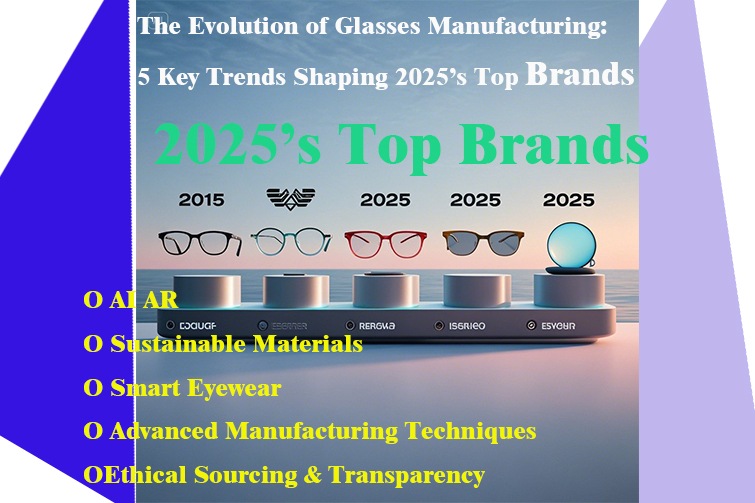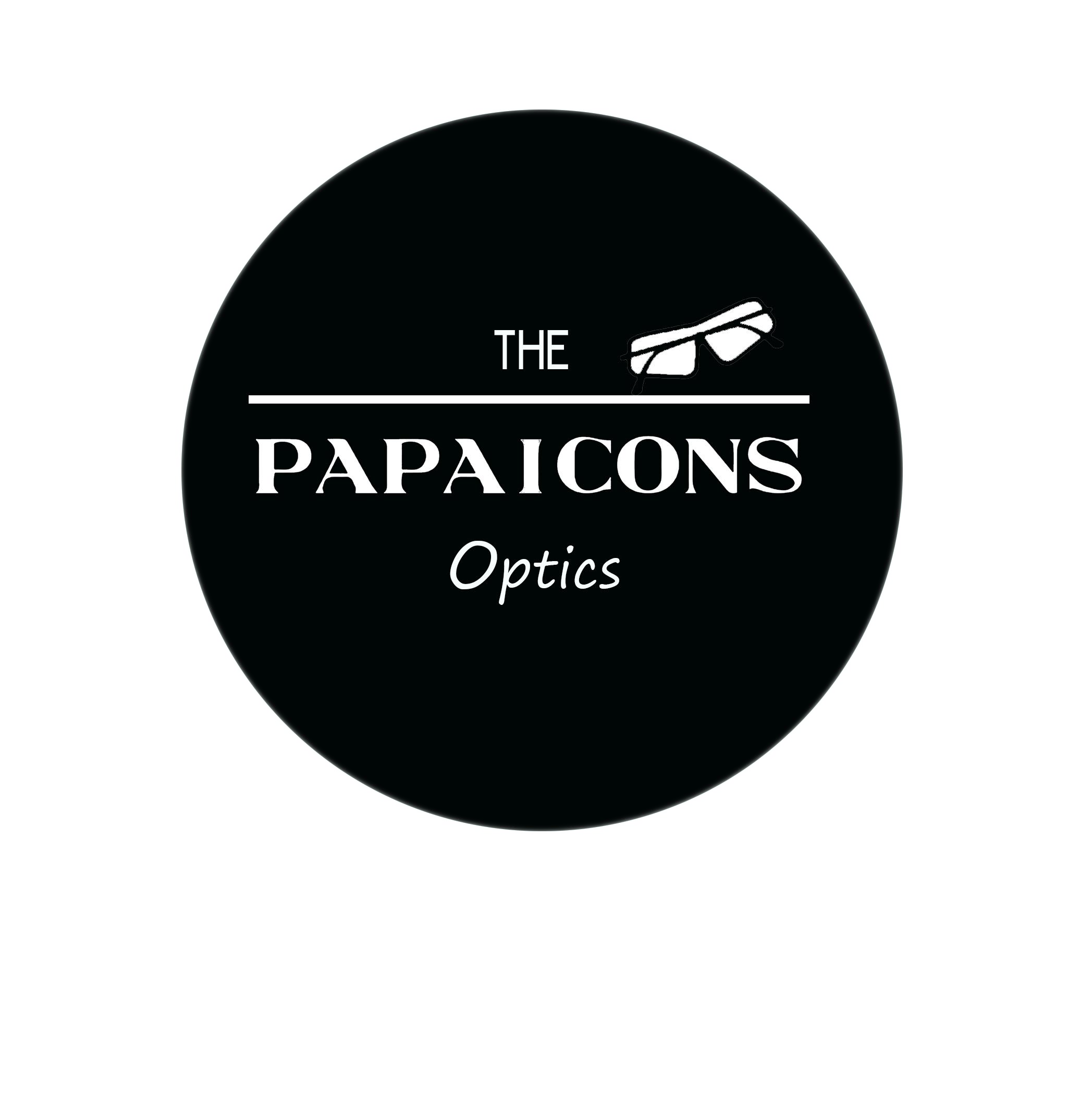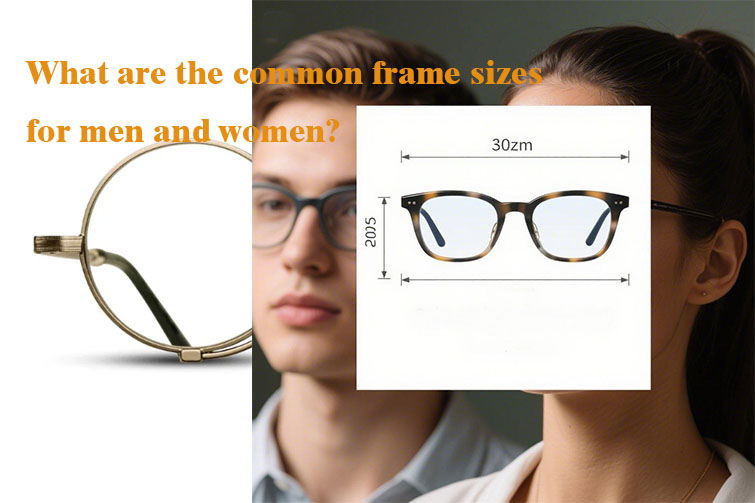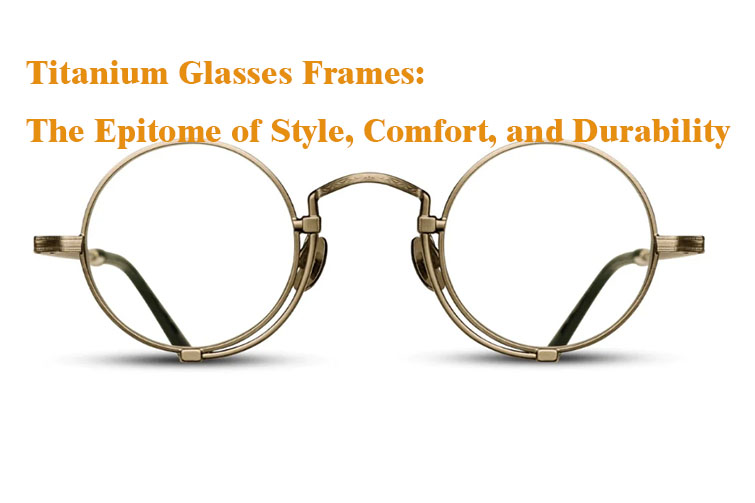

The Evolution of Glasses Manufacturing: 5 Key Trends Shaping 2025’s Top Brands
The eyewear industry is undergoing a seismic shift, driven by technological advancements and changing consumer expectations. For glasses manufacturers, staying ahead requires embracing innovation that balances functionality, sustainability, and personalization. Here are the five trends reshaping the future of eyewear production.
1. Hyper-Personalization Through AI & AR
Consumers demand unique products tailored to their lifestyle and preferences. Leading glasses manufacturers now use AI-powered tools to analyze facial scans and style preferences, creating custom frames in minutes. AR apps allow users to visualize designs in real-time, reducing prototyping costs by 40%. Brands like Warby Parker are leveraging this tech to offer made-to-order frames, boosting customer satisfaction by 35%.
2. Sustainable Materials Take Center Stage
Eco-conscious consumers are pushing the industry toward sustainability. In 2025, 68% of glasses manufacturers will adopt recycled titanium, bio-based plastics, and plant-derived acetates. For example, EssilorLuxottica’s "Circular Collection" uses 100% recycled materials, reducing carbon footprints by 50%. Closed-loop systems—where old frames are melted and reused—are becoming standard practice.
3. Smart Eyewear Integration
The rise of connected devices is transforming eyewear into wearable tech. Glasses manufacturers are embedding sensors for heart rate monitoring, UV exposure tracking, and augmented reality. Companies like Samsung and Ralph Lauren are collaborating with manufacturers to create smart frames that sync with smartphones, offering features like voice commands and gesture controls. Market research predicts 45 million smart eyewear units will ship by 2026.
4. Advanced Manufacturing Techniques
Traditional production methods are giving way to cutting-edge technologies:
- 3D Printing: Reduces material waste by 70% and enables intricate designs impossible with molds.
- Digital Twins: Virtual replicas of production lines optimize efficiency and reduce errors.
- Robotic Welding: Ensures precision joins in titanium frames, improving durability by 25%.
Oakley now uses 3D-printed hinges in their sports eyewear, slashing production time by 60%.
5. Ethical Sourcing & Transparency
Consumers are demanding full visibility into supply chains. Leading glasses manufacturers are adopting blockchain to track materials from mine to shelf. For instance, Kering’s blockchain platform verifies the origin of titanium used in Gucci frames. Brands that prioritize fair labor practices and conflict-free sourcing are projected to capture 32% of market share by 2025.
Why These Trends Matter for Glasses Manufacturers
- Competitive Edge: Brands embracing these trends grow revenue 2.3x faster than laggards (Grand View Research).
- Consumer Trust: 78% of buyers prefer sustainable, transparent brands (Nielsen).
- Operational Efficiency: Digital tools reduce production costs by up to 40%.
Conclusion
The future of eyewear lies at the intersection of technology, sustainability, and personalization. For glasses manufacturers, adapting to these trends isn’t optional—it’s imperative. By integrating AI, eco-friendly materials, and smart tech, brands can meet evolving demands while driving profitability.
Ready to future-proof your eyewear line? Discover our innovation-driven solutions and stay ahead of the curve.
#Glasses manufacturer trends
#Eyewear innovation









